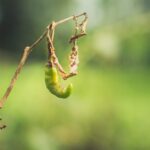The cultivation of chili peppers is an important agricultural activity in many parts of the world due to their culinary and economic value. Chili peppers, belonging to the Solanaceae family and the genus Capsicum, include several species such as Capsicum annuum, Capsicum frutescens, Capsicum chinense, among others. Each of these species has many varieties with different flavors, sizes, colors, and levels of spiciness.
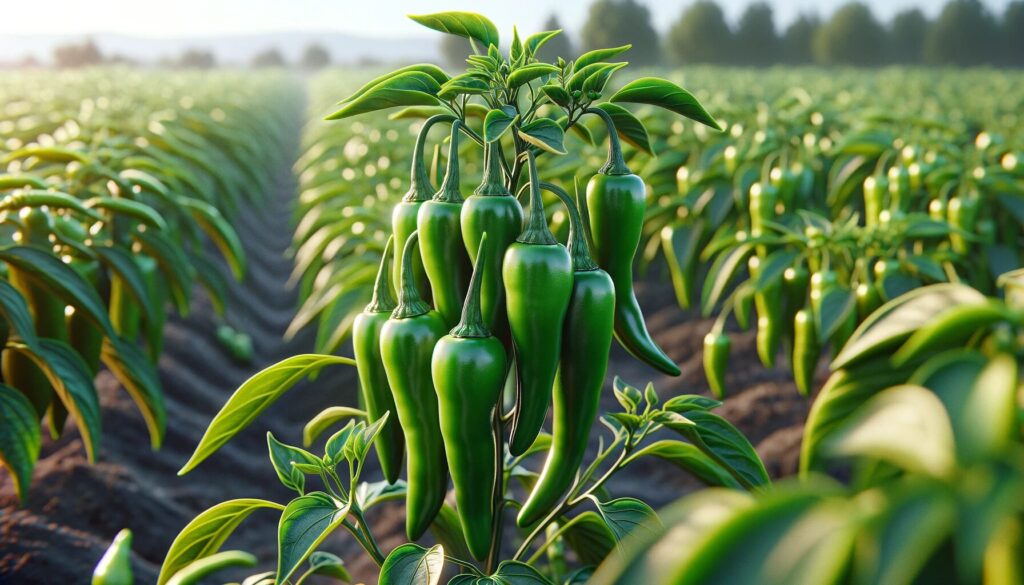
Growing Conditions
- Climate: Chili peppers generally require a warm climate and temperatures between 20°C and 30°C. They are sensitive to frost and extremely high temperatures.
- Soil: They prefer well-drained soils, rich in organic matter, with a pH between 6.0 and 7.0.
- Irrigation: They need regular irrigation, but excess water can be detrimental, especially if drainage is poor.
- Light: They require full sunlight for optimal development.
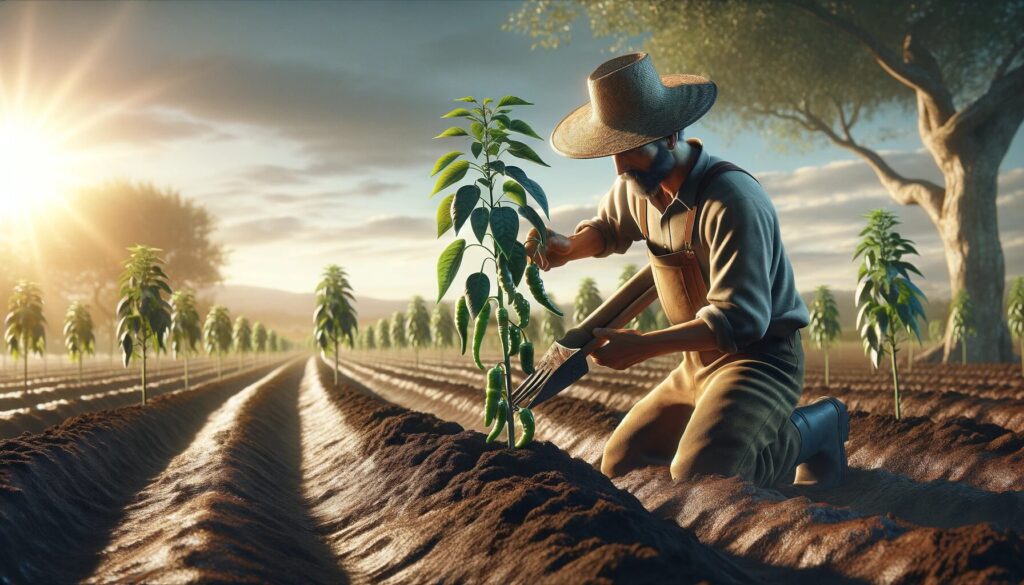
Cultivation Process
- Seeding: They can be seeded directly in the field or in seedbeds for later transplantation. Seeding in seedbeds allows better control in the early stages of growth.
- Transplantation: It is carried out when the plants have several true leaves and have reached a sufficient height to survive in the field.
- Crop management: It includes weed control, proper fertilization, regular irrigation, and integrated pest and disease management.
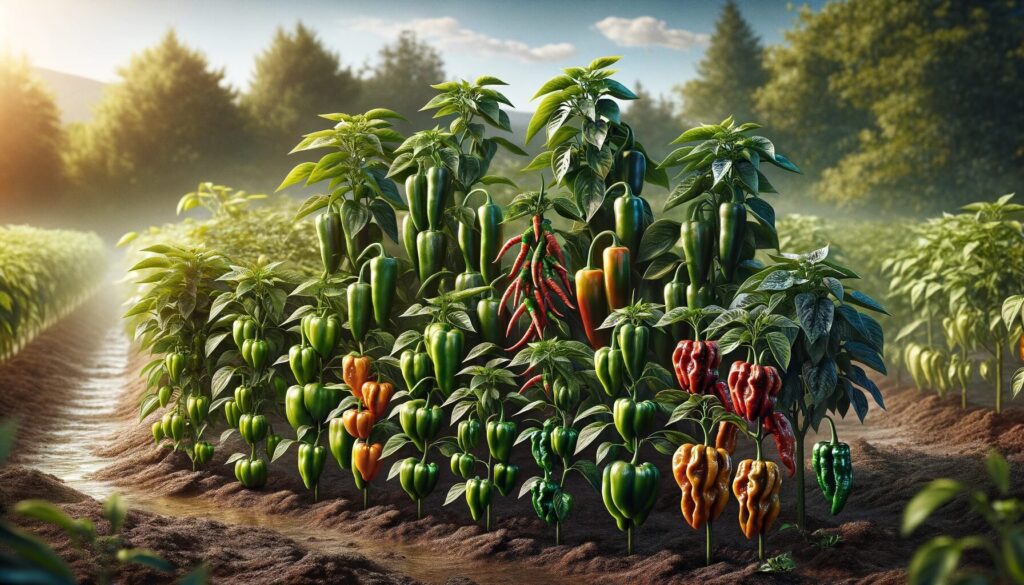
Pests and Diseases
Chili pepper cultivation can be susceptible to various pests (such as thrips, aphids, spider mites) and diseases, mainly caused by fungi, bacteria, and viruses. Integrated pest management is essential to prevent significant losses.
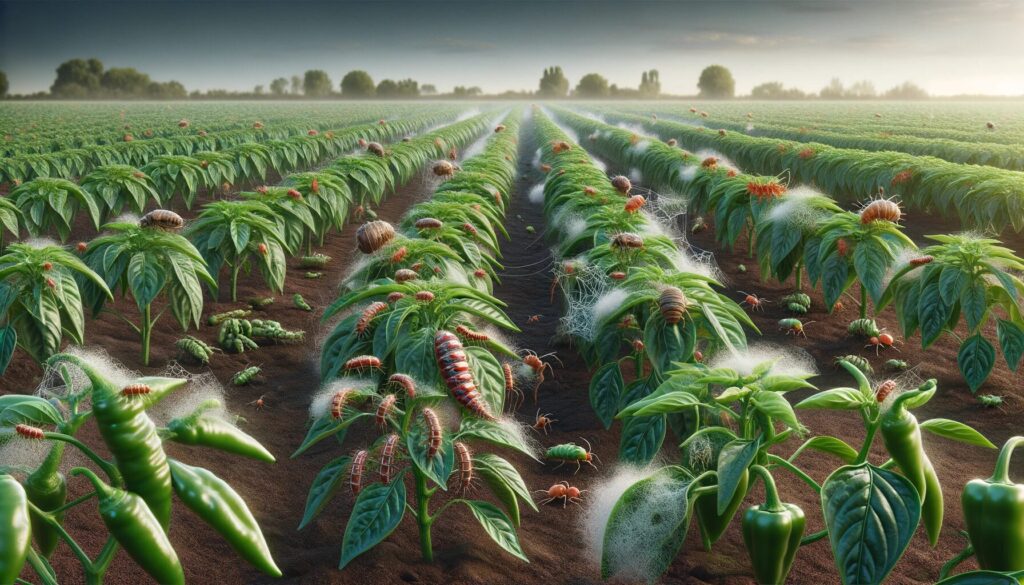
Chili pepper cultivation in Mexico, as well as in other parts of the world, can be affected by various pests. Some of the most common and damaging ones are:
- Thrips (Thrips spp.): These small insects suck the juices from leaves and fruits, causing discoloration, deformations, and reduced growth. Thrips damage can also open the door to viral diseases.
- Aphids (Aphididae): Aphids suck sap from plants, weakening them and transmitting viruses. They also secrete a sticky substance called honeydew, which can lead to the growth of fungi on leaves.
- Spider mites (Tetranychus spp.): These mites feed on the cell contents of leaves, causing spots and eventually defoliation of the plant. They reproduce rapidly in hot and low-humidity conditions.
- Armyworms (Spodoptera spp.): These larvae chew on leaves, shoots, and sometimes chili fruits. They can cause significant damage, especially to young plants.
- Whiteflies (Bemisia tabaci and Trialeurodes vaporariorum): These sucking insects can weaken the plant and are vectors of viruses. Like aphids, they secrete honeydew that can encourage the growth of black sooty mold on leaves.
- < strong>Chili fruitworm (Helicoverpa zea and others): The larvae of these moths penetrate and feed on the fruits, causing direct damage and opening the entry to secondary pathogens.
- Nematodes (Meloidogyne spp.): Root-knot nematodes infect the roots, causing nodules and a weakened root system that affects nutrient and water absorption.
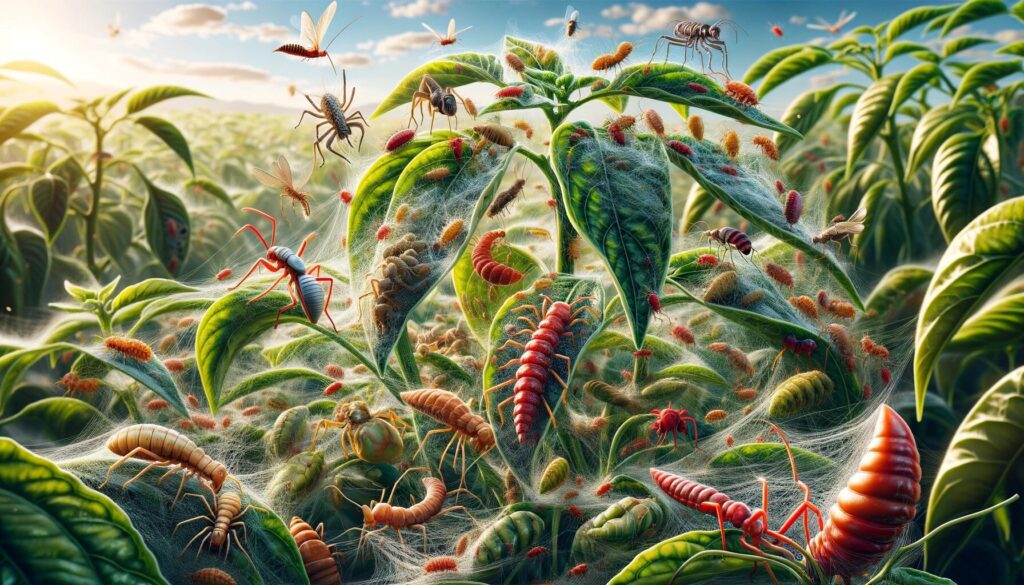
Managing these pests can include practices such as crop rotation, the use of resistant varieties, biological control using natural enemies of pests, and, when necessary, the application of specific pesticides.
 AgronoBlog – Agriculture Blog
AgronoBlog – Agriculture Blog 